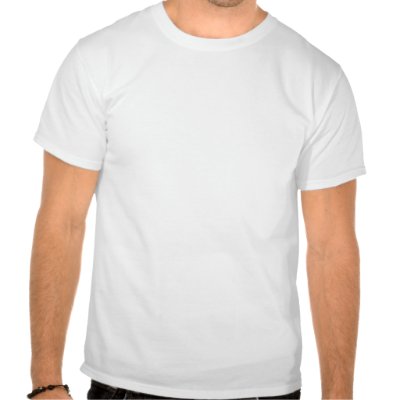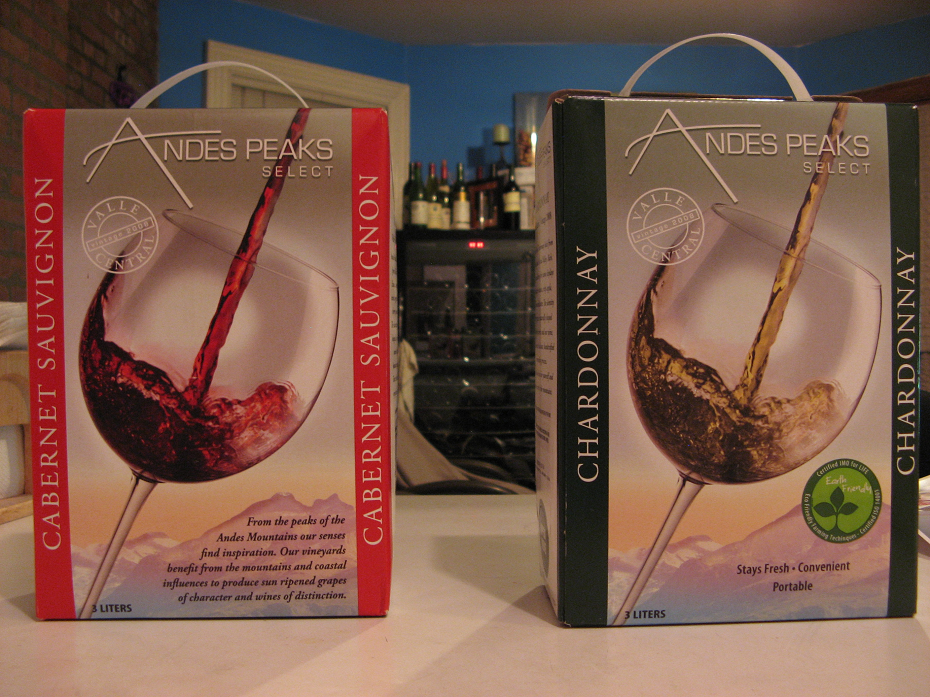I mentioned last week that I attended an Israeli wine tasting of Tishbi Wines. In addition to the wines there was some gourmet accompaniments such as artisan olive oils & fruit preserves which are “produced from the actual Tishbi wines according to a range of varietals“.

I’m not sure what to say other than I was BLOWN AWAY!
Led primarily by Oshra Tishbi of the Tishbi family, people were having so much fun that the tasting went on for ours…in a hot room with no air conditioning (it broke). The questions were great, the discussions lively and the food and wine terrific.
I must make a confession here. I have not been a huge supporter of Tishbi wines. When in Israel on a recent trip I stopped by a Tishbi Cafe in the Zichron Yakov area. The food there was great and I was pleasantly surprised by the quality of the wines. Why had I previously not been a huge supporter and why was I so surprised? Well, lets just say that growing wine vines in an area more suitable to bananas or oranges doesn’t make for the highest quality wine grapes. Wine grapes need cool nights (which do not exist where most of the Tishbi owned vineyards are) and do better in nutrient poor soils.
So how was it that I was so pleasantly surprised and the wines were so well received by all? For one thing – good wine making. But more importantly, the Tishbi folks have contracts with growers in the prime grape growing regions and are making their higher series wines from said HIGH QUALITY FRUIT.
A crowd favorite white was the 2008 Chenin Blanc. It is a semi-dry wine but I did not pick up much sugar at all in the wine. It had a nice acidity that kept it lively. And if I am not mistaken this wine DID come from the aforementioned Tishbi vineyards. Goes to show you.
Also of interest were the locations of the vineyards of the 3 reds I enjoyed most.
The 2006 Estate Shiraz is made from fruit grown in the Judean Hills. For several years now I have been saying that I believe the Judean Hills is a region where the Merlot & Shiraz do really well. Not producing wimpy wines, these varietals really pack a punch when grown here. I picked up on the characteristic Israeli herbs in addition to a ripe plum & kirsch liquor thing. The wine had a touch of heat, but also had a long finish and was well liked.

The 2005 Estate Cabernet is made of fruit grown where I think Cabernet does best in Israel – the Galilee (AKA Galil region). Typical and quite pleasant black fruit with a touch of Israeli herbaceousness this wine also had a nice long finish.
And interestingly enough, the last DRY red wine was a desert (not dessert) wine. Made from grapes grown in the negev desert, the 2004 Sde Boker (the region within the negev) Special reserve was indeed special. A blend of 50% Cabernet Sauvignon, 40% Merlot & 10% Cabernet Franc, this wine had aromas and flavors of blueberry, plum and mocha chocolate with silky tannins and an almost sweet long finish.
But the surprises did not end with the wines. Those fruit preserves were DELICIOUS. Not yet commercially available in the US, I STRONGLY suggest you keep an eye out. We tried about 5 flavors, but my favorite was the “Sangria” flavor. Aromas and flavors of berries, jasmine & cinnamon; spread on a cracker, a piece of bread, or (don’t tell) straight off the spoon – WHAT A TREAT!
Many thanks to all who participated. I am especially happy to have had the opportunity to try these wines as I will be recommending them, especially the Estate series which I think are of great value.
I continue my wine group Burgundy tasting tomorrow night – SUMMER STYLE. We are doing Chablis! Yes, I’m excited. I also have to revisit the boxed Chardonnay. It will be two weeks tomorrow night. I’m a bit scared, but looking forward to that as well. Until then…
…Happy Tishbi wine & fruit preserve wine tasting!











